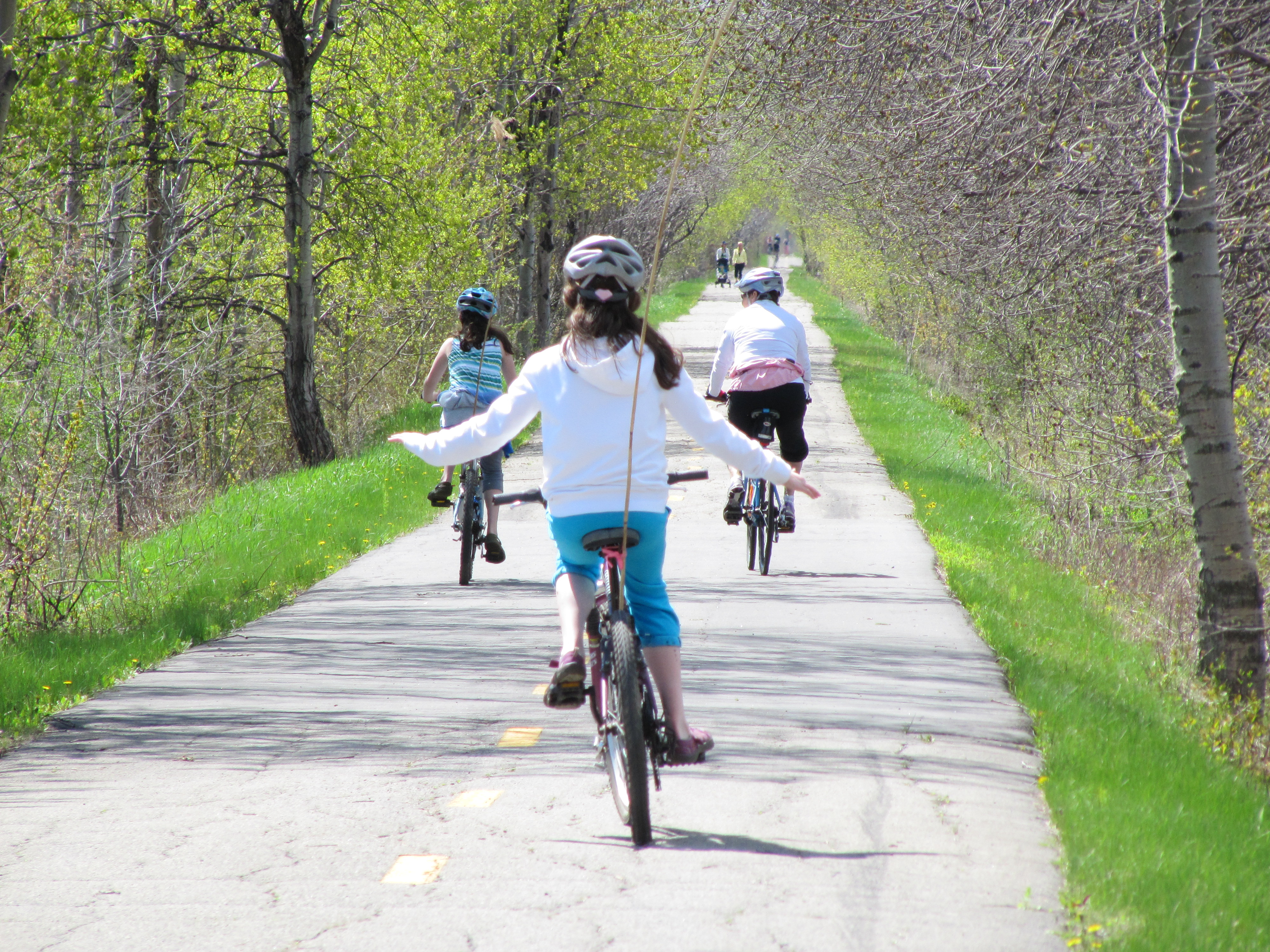This evening I’ll spend some time talking to a group of parents of students entering Grade 8. Their principal specifically wanted me to spend some time addressing the topic of cyberbullying. It’s a real hot button topic, a trigger word that brings to mind the spectre of antisocial, angry schoolyard bullies further emboldened by their Internet connections to extend their victims’ torment to a much larger audience. Modern day trolls. Problem cases.
This concern isn’t too surprising, given the prevalence of the problem. One 2008 University of Toronto study found over half of respondents reported being cyberbullied.
The funny thing is that cyberbullies don’t always fit into that mold. They don’t always fit the same profile as the old-fashioned bullies who might have tormented our peers when we were in school. Their parents rarely suspect what their kids are up to. Sometimes their friends are surprised to learn about it. Sometimes they say they were just joking, and didn’t think what they were doing was really bullying. Occasionally they are just naive or unsophisticated enough to not be aware of how their comments or actions constitute bullying.
They could be my kids. Or yours.
When parents worry about cyberbullies, they almost always approach the subject from the perspective of potential victims. They worry about how other kids — mean antisocial kids — might hurt their children. They don’t realize how easily their kids, good kids, can do something online that proves deeply hurtful to someone else. One recent study of 1,500 parents found that not a single one of them believed their kids could be cyberbullies. But cyberbullies clearly exist, and they have moms and dads too.
A whispered not-so-nice comment in the school cafeteria may vanish from memory a few minutes later, but the same comment texted, or posted on someone’s Facebook wall, or sent off in an email, is a profoundly public, often irrevocable damaging blow. Kids don’t always get that the Internet is written in ink (hell, a lot of adults don’t realize this either, so what can we expect?).
Truth is, our culture tends to treat the subject of online reputations in very cavalier ways (check out this Roger cellphone commercial and this T-Mobile one). On the one hand we tell them how important this is, on the other we fill magazines, gossip columns and websites with celebrity gossip and intrusive speculation about the private lives of others.
But the acid test for cyberbullying must always be the end result. If someone is hurt by it, then it is wrong, even if we “just thought it was a joke.” It is little consolation to any teenager that their “friends'” comments about their weight or sexuality wasn’t meant to get forwarded to the whole school. It makes no difference to a teacher secretly taped in class and photoshopped for ridicule that their students were just having a laugh. It is damaging and destructive and can ruin reputations. It can result in depression, health problems, drop in grades, violations of personal privacy and even suicide (including, just last Thursday, that of a 17-year-old boy in Hamilton, Ontario).
McGill professor Dr. Shaheen Sharif has put together a fabulous website on this subject, called Define the Line. A slide show on the topic traces the legal evolution of cyberbullying, with one key Quebec case involving a 17-year-old (Aubry vs. Editions Vice Versa) finding that a teenager’s sensitivity to teasing by her friends counts as foreseeable harm: the right to privacy trumps freedom of expression.
And while most cyberbullying is persistent and sustained and involves ongoing violations and threats using social media, cellphones and the Internet, it is also important to understand that sometimes they are one-off occurrences perpetuated by teens lacking the sophistication, judgement and tech savvy to understand what the consequences are for someone else. I have seen this happen on several occasions among my own daughters’ groups of online friends. It doesn’t matter. The harm done is exactly the same.
And as parents it is our jobs to make sure our kids are properly supervised and held accountable for their actions. Schools need to be part of the education and awareness, particularly since a lot of cyberbullying happens on the ground within school environments and communities. Article 1460 of the Quebec Civil Code stipulates that even non-parents “entrusted with the custody, supervision or education of a minor can be held liable for the act or fault of this minor.” Similar legislation has been introduced in the United States (although still subject to dispute).
Freedom is a privilege to be earned trough the consistent demonstration of good judgment. Despite what many people think, privacy is not a sacred right for a 13-year-old with a Facebook account. As a parent, you should have passwords to your children’s accounts. You should regular review their online activity with them. There should be ongoing discussions about permissible behaviour, both at home and in school. Schools should have clear social media policies in place. There should be clear, consistent consequences (at home and in school) for inappropriate use, including withdrawal of online privileges.
For more information and resources:
Stop a Bully (Canada-wide antibullying program) – http://stopabully.ca/resources/anti-bullying-materials
Stand up to Bullying (Red Cross program) – http://www.redcross.ca/article.asp?id=24700&tid=108
Cyberbullying pioneer researcher Bill Belsey’s – www.cyberbullying.ca
Media Awareness Network (Be WebAware) – http://www.bewebaware.ca/english/aboutus.html


